

Shane O'Donoghue
2025 Nissan Ariya Nismo review: Quick drive
6 Days Ago
Wondering what's on offer for potential electric vehicle buyers in Australia? Here's what to expect in each state and territory.

Contributor
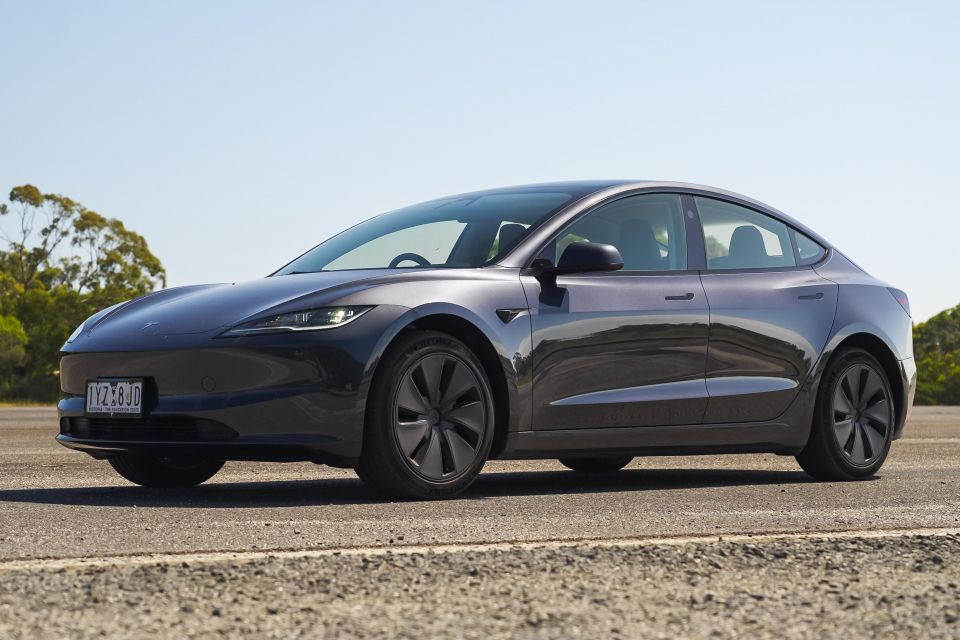

Contributor
Until recently in Australia, unlike almost every other country in the OECD, there was no incentive at any level of government to buy electric vehicles (EVs).
While the Federal Government has a higher threshold for green cars before it applied the Luxury Car Tax (LCT), this applies to any car with fuel efficiency below 7.0 litres per 100km, and can’t really be called an EV-specific incentive.
Update: This story originally ran in March 2022, but we’ve periodically updated it to reflect recent policy announcements.
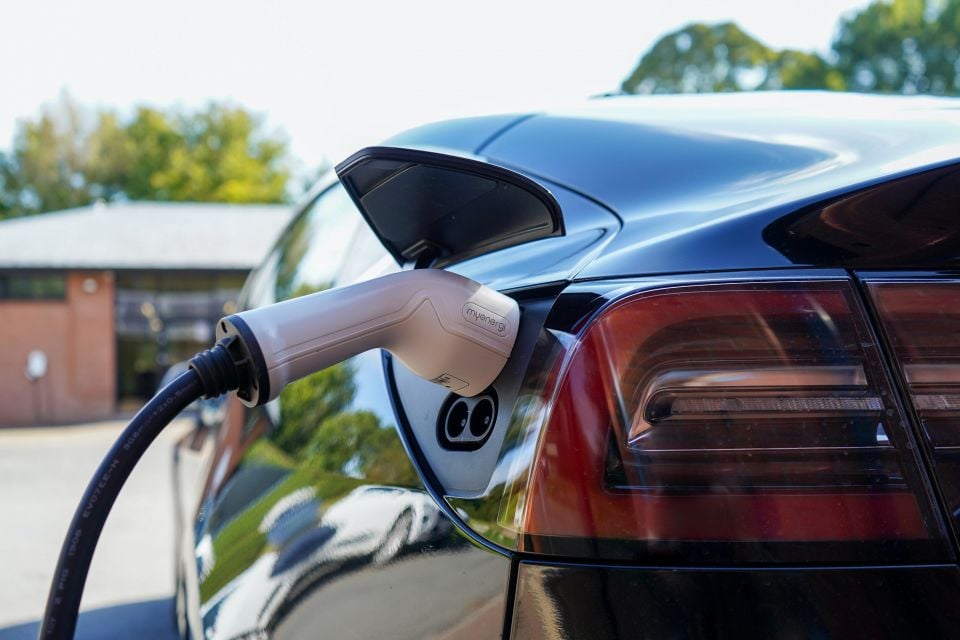
However, over the last few years Australian state governments have announced measures to encourage the transition to EV ownership. Those lucky enough to live in the ‘right’ state can save thousands of dollars.
Below is a look at the consumer-oriented initiatives of each state, and the impact on the price of Australia’s most popular electric car.
MORE: Buy a car with CarExpert
The ACT has one of the most generous incentives in Australia, despite not offering a direct cash injection.

New EVs are exempt from stamp duty, equivalent to around $2900 for a $60,000 car that emits more than 221g of CO2 per km.
All electric cars, new or used, purchased in the ACT are also exempt from registration costs for two years.
The ACT also has a Sustainable Household Scheme which will provide zero-interest loans of between $2000 and $15,000 to eligible households to help with the upfront costs of investing in energy-efficient upgrades, including zero-emission vehicles.
In July 2022, the ACT announced it will end sales of new petrol and diesel vehicles by 2035 as part of a wide-reaching electric vehicle strategy.
MORE: ACT government moving public-servant fleet to EVs, will slash running costs MORE: All ACT new car sales to be zero-emissions by 2030 under ambitious plan MORE: ACT EV strategy revealed, new ICE vehicles banned from 2035
Unfortunately, NSW ended its EV incentives programs as of January 1, 2024.

New and used EVs with a price of $78,000 before on-road costs were previously exempt from stamp duty since September 2021.
A $3000 rebate was also available for the first 25,000 EVs priced up to $68,750 before on-road costs, however this was scrapped before the sales target was reached.
A total of $260 million will be invested as part of the 2023-24 NSW Budget into additional EV infrastructure for drivers in regional New South Wales, renters, and people who live in apartment, as well as other motorists who don’t have access to home charging.
MORE: NSW axing electric car subsidies, but pouring more money into charging
Queensland has joined several other states in releasing a policy designed to increase the uptake of electric vehicles. It now has the most generous in the country, too.
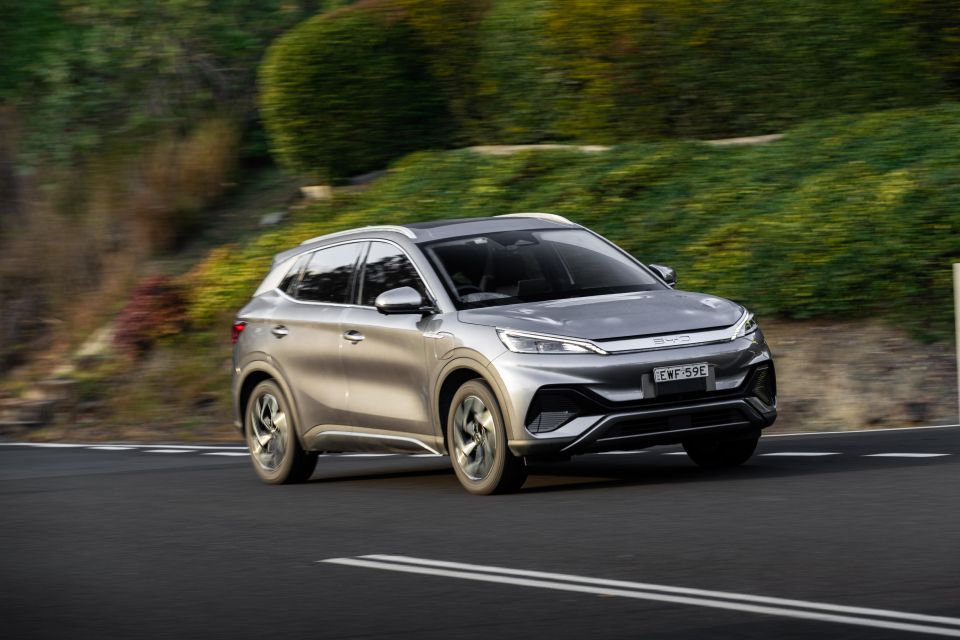
From July 1, 2023, the Queensland Government doubled its household EV rebate from $3000 to $6000 and increased the price cap for new vehicles eligible under the scheme from $58,000 to $68,000 before on-road costs.
Applicants must have a combined household income of $180,000 or less to get access to the maximum rebate under the Zero Emission Vehicle Rebate Scheme.
The doubled rebate is exclusive to eligible households – meaning two individual rebates of $3000 – but individual buyers, as well as households, above the income threshold will still have access to the older $3000 discount.
Applicants who had applied and received a $3000 rebate under the earlier scheme, and who are under the total gross income threshold, are eligible for reassessment and additional payment of the $6000 rebate.
MORE: Queensland offering Australia’s most generous electric car incentives
The Victorian Government ended its $3000 EV purchases subsidy on June 30, 2023 as a way to cut back on spending.
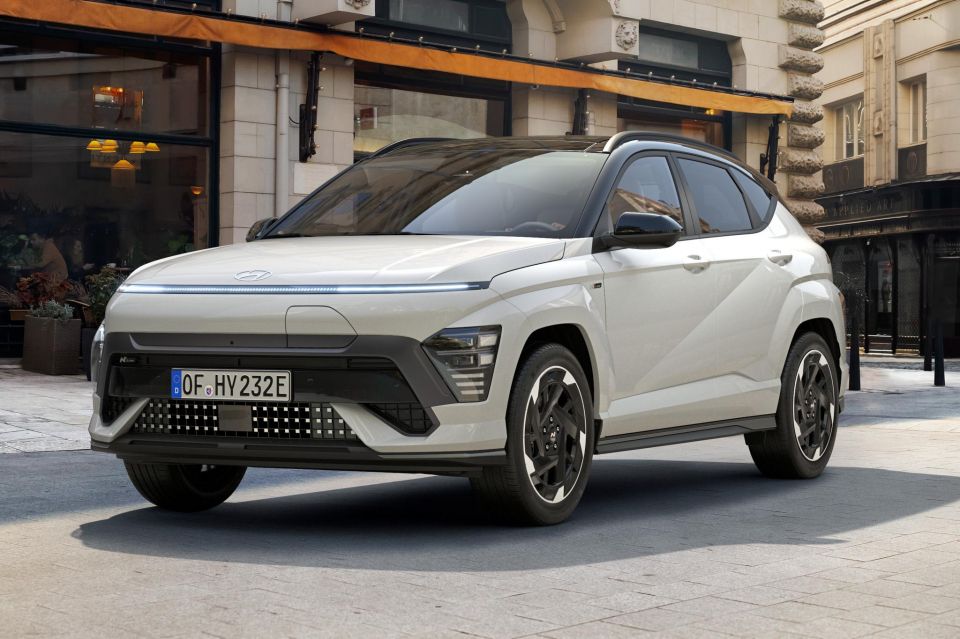
It was originally intended to end no sooner than May 2024, unless all 20,000 subsidies were exhausted before then.
Although there is no stamp duty exemption, Victoria does have a flat stamp duty for electric cars regardless of purchase price. Electric vehicle owners pay $8.40 per $200 market value, the same as internal-combustion cars under $71,849.
Buyers of combustion-powered luxury vehicles pay up to $18 per $200 market value if they are over $150,000.
You could say this qualifies as an incentive, but only if you are lucky enough to be choosing between a Porsche Taycan and a Panamera.

Finally, all EVs registered in Victoria will also receive a $100 discount in their annual registration.
Unlike all the other states, Victoria had already started to make EV drivers pay a road-user charge. However this was struck down by the High Court and repealed in 2023.
As it currently stands, Victorians are no longer required to pay an upcoming ZLEV related invoice or provide a vehicle odometer reading.
MORE: Victoria shocks by ditching $3000 EV subsidy ahead of schedule MORE: High Court forces Victorian government to repeal electric car tax
South Australia ended its $3000 rebate for new EVs and plug-in hybrids under $68,750 before on-road costs on January 1, 2024 – well before 30 June, 2025 when it was originally due to conclude.
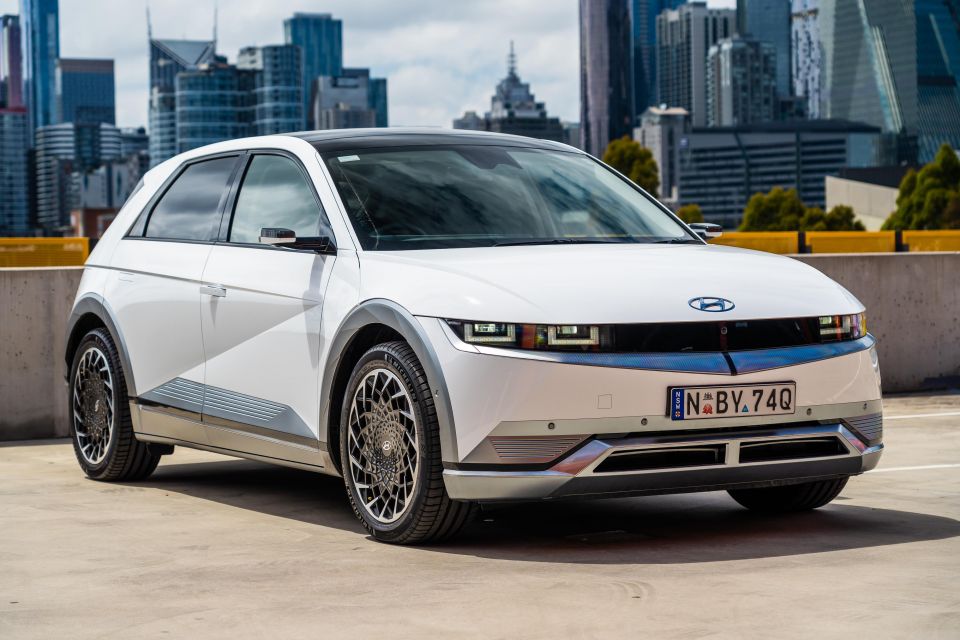
However, it still provides a three-year registration exemption, available to any eligible new EVs valued below $68,750 and first registered between October 28, 2021 and June 30, 2025.
MORE: South Australia electric car subsidy dead for 2024
Tasmania‘s EV incentives recently lapsed, however the state government says further incentives are on their way.
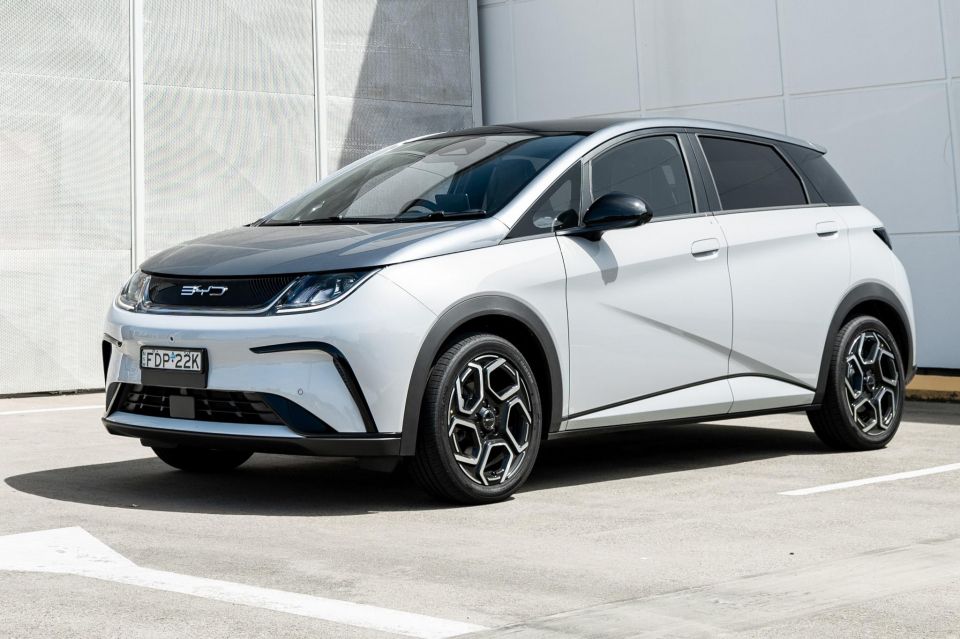
From July 1, 2021 until June 30, 2023, buyers who purchased an electric vehicle (EV) or a hydrogen fuel-cell electric vehicle (FCEV) were exempt from stamp duty.
MORE: Tasmania preparing new electric car incentives
The NT Government announced measures in 2021, which took effect from July 1, 2022 to promote EV uptake.
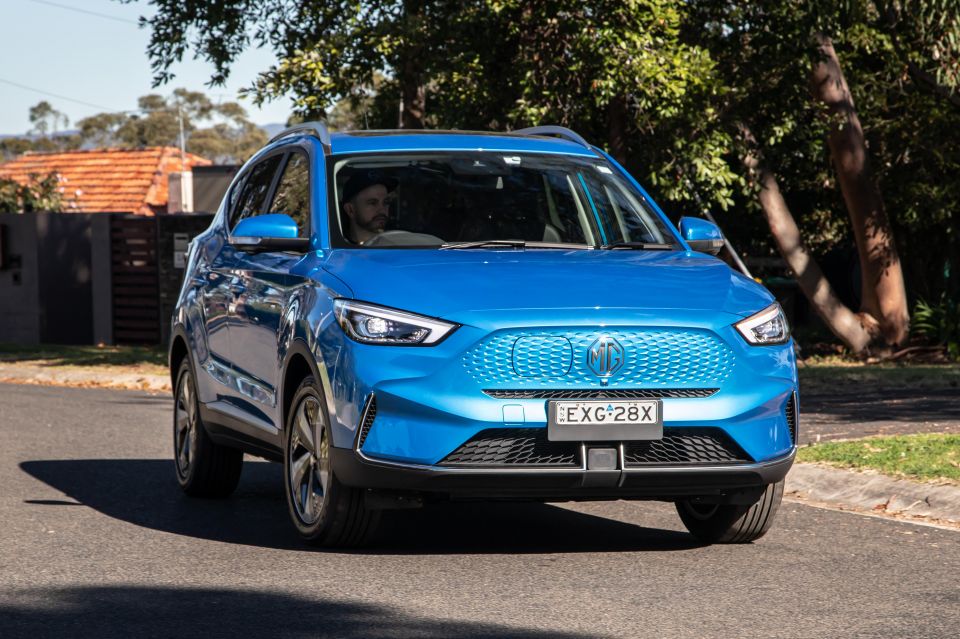
EVs and plug-in hybrids valued at up to $50,000 receive a $1500 stamp duty discount until June 30, 2027. Any amount over this price cap continues to attract 3.0 per cent stamp duty.
There’s also free registration up to June 30, 2027, including for used EVs and those brought in from overseas or interstate.
The NT Government has also introduced a grant scheme for EV chargers.
This consists of 100 residential grants of $1000, plus 80 business grants of $2500, intended for the purchase and installation of EV chargers. They’re available on a first-come, first-serve basis.
MORE: Northern Territory introduces new EV incentives
The Western Australian State Government offers $3500 rebates for buyers of new EVs priced up to $70,000.
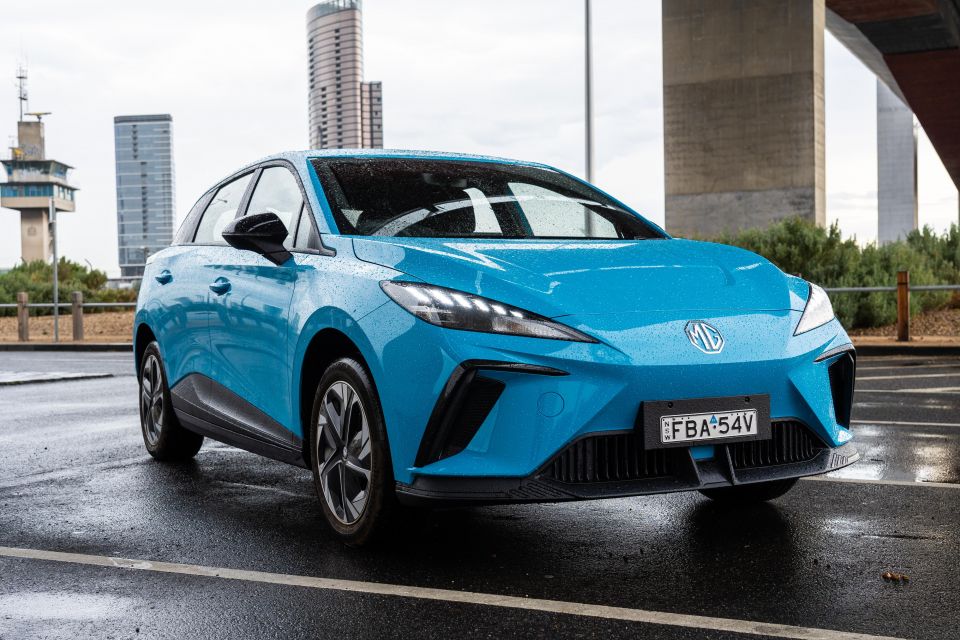
To be eligible, vehicles must have a maximum dutiable value of $70,000 or less, have a gross vehicle mass (GVM) under 4.5 tonnes, and must be brand new or never previously registered here or overseas.
Hydrogen fuel-cell electric vehicles (FCEVs) are eligible, but hybrids and plug-in hybrids aren’t.
Since May 2022, the WA Government says more than 5900 rebates have been approved, with EV sales increasing nearly fourfold since June 2022.
WA in 2021 announced a 45-station, $21 million EV charging network stretching from Kununurra in the north down to Perth, and out to the regional centres of Esperance and Kalgoorlie.
MORE: WA government releases $3500 EV rebate, 2027 road-user charge MORE: Western Australia pours more money into EV rebates
What does all this mean for the bottom line?

Below are ‘drive away’ figures (including any rebates) for the top-selling Tesla Model Y SUV in its least expensive RWD configuration.
The biggest variable behind the differences in the states (after any rebate) is the amount of stamp duty.
For context, the Tesla Model Y starts from $60,900 before on-road costs and options.
| State/Territory | Drive-away price |
|---|---|
| New South Wales | $66,092 |
| Victoria | $66,379 |
| Queensland | $64,714 |
| Western Australia | $67,847 |
| South Australia | $66,097 |
| Tasmania | $65,837 |
| Australian Capital Territory | $63,339 |
| Northern Territory | $65,330 |
The above figures are drive-away, and include all the relevant rebates and stamp duty reductions. Some rebates may need to be claimed after purchase.
Married with two children and a pet Great Dane, my other interests include: single malt whiskies, fine rum, AFL, powerlifting, fine music and home theatre, renewable energy and last but not least - American politics. Naturally, I am also interested in cars too and have owned all three flavours: petrol, diesel and electric!
Qualifications: Geography and Environmental Science – UTAS, Political Science (Hons) - UTAS and post grad studies in Communications - QUT


Shane O'Donoghue
6 Days Ago


Anthony Crawford
5 Days Ago


Matt Campbell
4 Days Ago


James Wong
3 Days Ago


Max Davies
1 Day Ago


Josh Nevett
13 Hours Ago